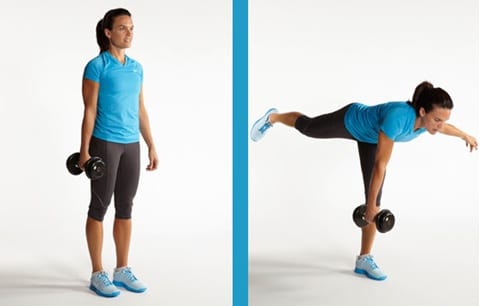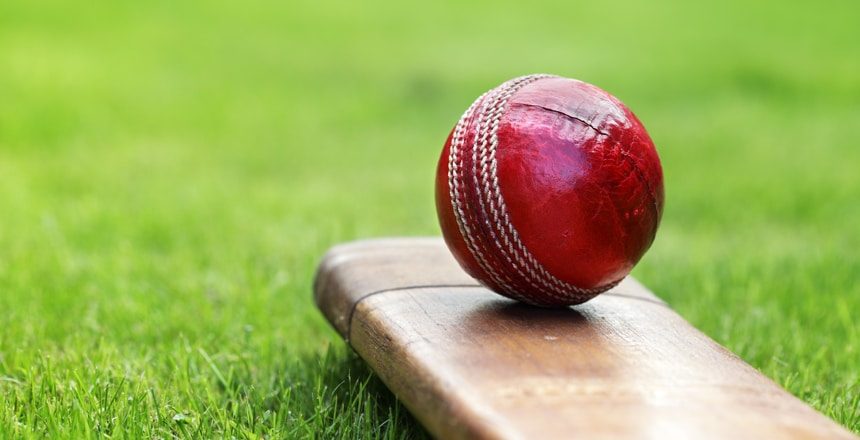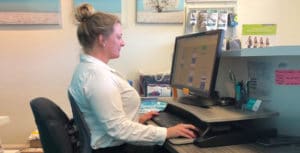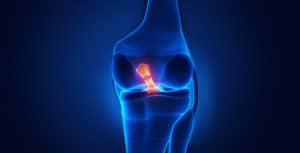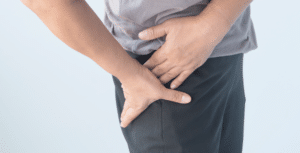Grass, sand, back-alley. Whichever your pitch, you’ll probably be wanting to get the winning edge on your relatives next weekend.
What are our oblique slings?
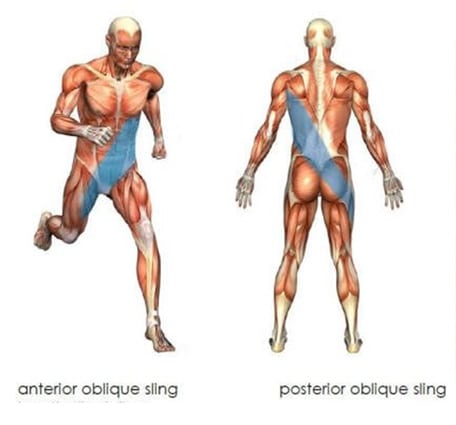
The bowling motion in cricket is a very unique movement pattern, which utilises the oblique slings to their full potential. Deficit with these lines can impact performance, reduce power output, and lead to injuries if left unchecked. This can manifest itself as overloading of certain tissues;
- Wrist tendinopathy
- Golfer’s elbow
- Shoulder pain
- Abdominal herniation
- Sacroiliac pain
- Lower back pain
- Groin and hamstring tendinopathy
- Knee or ankle strains
So how do you prevent future injuries, recovery from current setbacks, and take that hat-trick off the in-laws next barbeque. Well the answer will be very different depending on your body’s capacity and needs; however, here are a few general exercises which are great at targeting strength through these areas.
Posterior Oblique Sling:
Quadruped – with Dog/Bird variations – this is a great starter exercise to challenge both oblique slings with focus on stability and control. (See below)
Anterior Oblique Sling:
Criss Cross – this is a great challenge exercise for the anterior structures which works on strengthening the movement of shoulder to opposite hip. (See below)
So to take the headaches away, it is important to get a good comprehensive assessment to determine the cause of the headache and to identify any postural or movement dysfunctions, so it can be treated most effectively.
